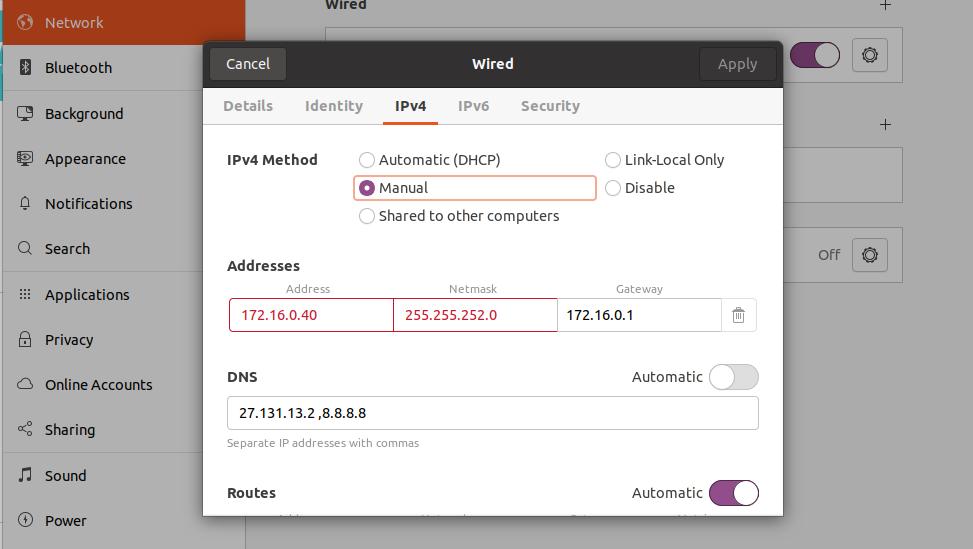
This is exacerbated in my case by the fact that I exclusively use wireless networks on my laptop, so my network is regularly changing. Whenever the network the host is connected to changes, the IP address of the VM will change. Now you might be wondering, why not just use a bridged network adapter? Well, you can, but there is one substantial downside. This allows host-to-guest communication but this virtual network has no access to the internet.

The VM gets an IP on the same network that the host is physically connected to.


In summary, the approach I’ll give here is to create a VirtualBox VM: It turns out that getting this set up is not so trivial, but also, it’s not that hard once you know what VirtualBox provides and how to configure it.

That means I need Django running on my laptop to be able to access the VM (host-to-guest access) and the VM does need to be able to access the internet (guest-to-internet access) since the Ansible playbooks that are executed against the VM download and install software from the internet. The goal is to have a locally running instance of Airavata that I can connect to when developing the Airavata Django Portal which I’ve been working on. Recently I’ve been working on installing Apache Airavata in a VirtualBox VM running on my laptop using our “standalone” Ansible installation settings.


 0 kommentar(er)
0 kommentar(er)
